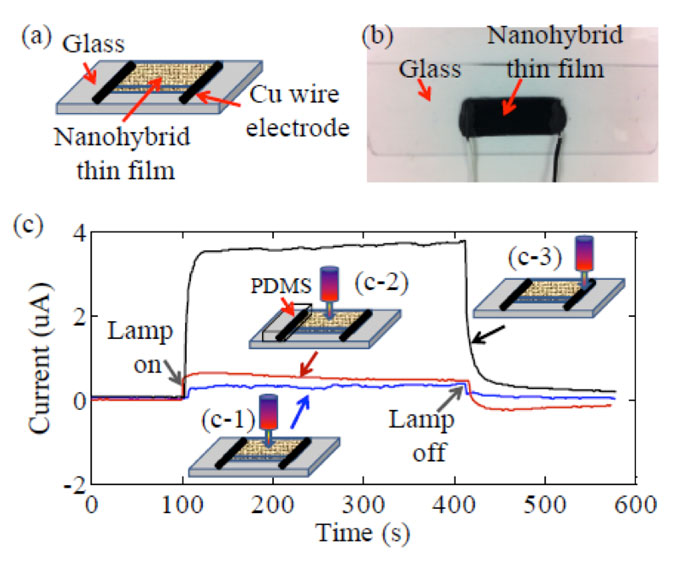The team has synthesized a combination of copper sulfide nanoparticles and single-walled carbon nanotubes. They believe the new material performs superior to earlier methods that used either light or thermal energy, but not both.

The team used the nanomaterial to build a prototype thermoelectric generator that they hope can eventually produce milliwatts of power. Paired with microchips, the technology could be used in devices such as self-powering sensors, low-power electronic devices and implantable biomedical micro-devices
Louisiana Tech associate physics professor Wei Chen explains the goal, “If we can convert both light and heat to electricity, the potential is huge for energy production. By increasing the number of the micro-devices on a chip, this technology might offer a new and efficient platform to complement or even replace current solar cell technology.”
That’s a big proposal for the future.
During the team’s lab tests, the new thin-film structure showed increases by as much at 80 percent in light absorption when compared to single-walled nanotube thin-film devices alone, making it a more efficient generator. That proposal for the future is looking better now.
Another plus is copper sulfide is also less expensive and more environment-friendly than the noble metals used in similar hybrids.
The work has been published, with “free access”, in the journal Nanotechnology called “Optical Thermal Response of Single-Walled Carbon Nanotube-Copper Sulfide Nanoparticle Hybrid Nanomaterials.”
The research paper also points out that the team could enhance the thermal and optical switching effects of the hybrid nanomaterial as much as ten times by using asymmetric illumination, rather than symmetric illumination.
Pamela Jansma, dean of the University of Texas Arlington College of Science starts the acclaim with, “Dr. Chen’s research with nanomaterials is an important advancement with the potential for far-reaching applications. This is the kind of work that demonstrates the value of a research university in North Texas and beyond.”
Cheer leading aside, the new material combines harvesting solar energy across a wider spectrum of light and solar radiation. Photovoltaic is a great way to put photons to work, but the technology leaves most of the incoming energy unused. A lot of the potential is in the longer lengths closer to and including the infrared. Getting the infrared and a good share of the shorter length colors could go far in making solar a competitive energy source.
The team offers, with considerable accuracy, that the material is a “thermoelectric generator”.
Technically the team’s work is building a single-walled carbon nanotube – copper sulfide nanoparticle (SWNT–CuS NP) hybrid nanomaterial in a design to act as a thermoelectric generator. The hybrid nanomaterial was synthesized using oleylamine molecules as the linker molecules between SWNTs and CuS NPs.
The team’s measurements found that the hybrid nanomaterial has significantly increased light absorption (up to 80%) compared to the pure SWNT. Measurements also found that the hybrid nanomaterial thin-film devices exhibit a clear optical and thermal switching effect, which can be further enhanced up to 10 times by asymmetric illumination of light and thermal radiation on the thin-film devices instead of symmetric illumination.
It’s a long way to manufacturing and commercial scale from the team’s present state of development. But the work shows that rooftop power generation is still a viable idea, and the potential while delayed for now by costs and competitive economics is huge and will remain so for decades.






Post a Comment